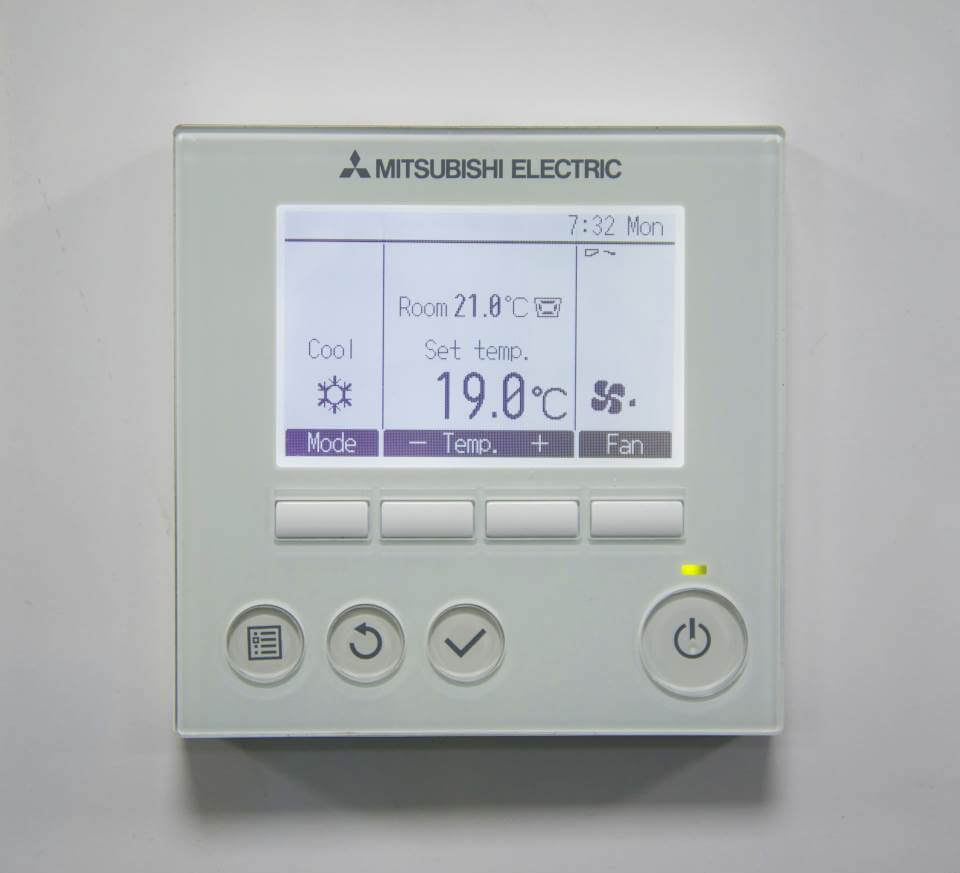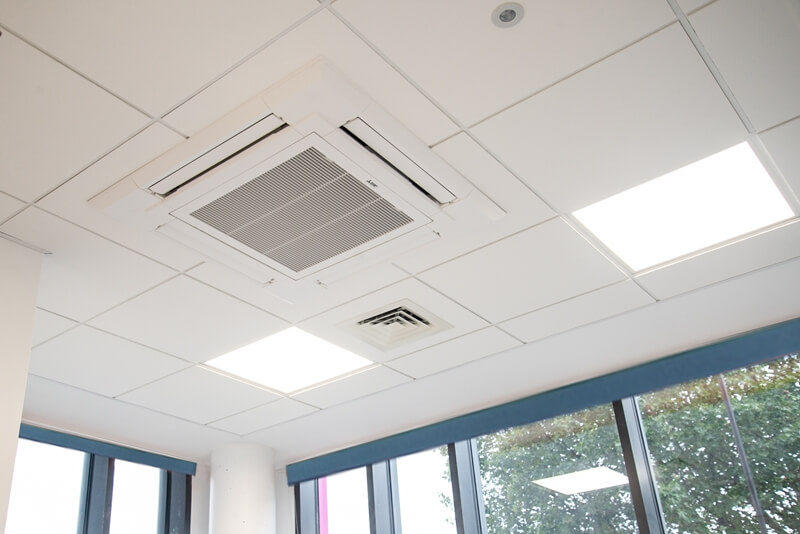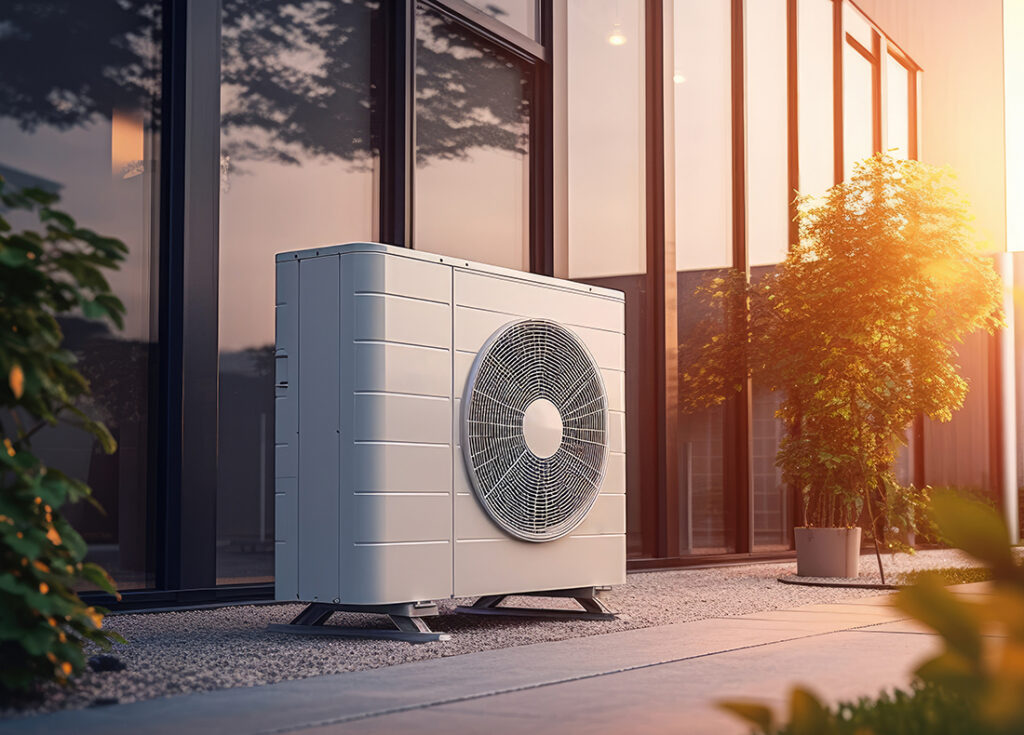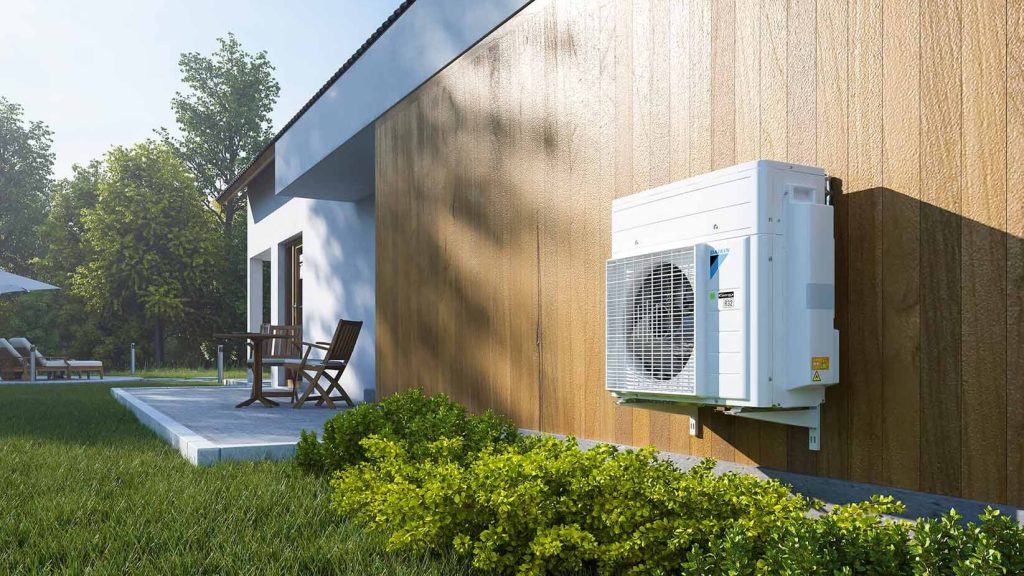Ventilation Must Play A Vital Role in Indoor Air Quality (IAQ)
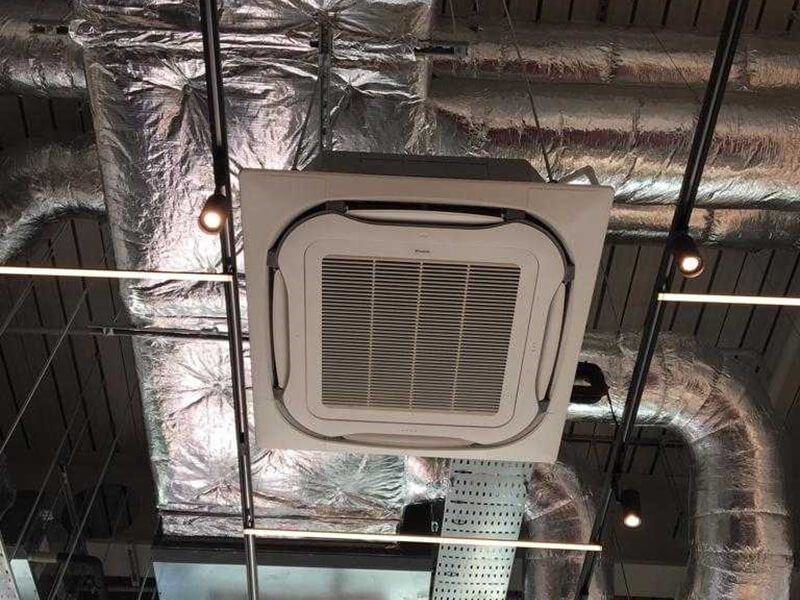
Estimated reading time 10 minutes
The quality of the air outdoors has been a topic of concern for some time, however indoor air quality has taken a back seat to it over the years. Worries around indoor air quality started to build as a consequence of the COVID-19 pandemic. We now know that indoor air quality can be worse than the quality of the air outside our homes and workplaces and can impact the health and wellbeing of the building occupants.
According to the US Environmental Protection Agency indoor pollutants are often 2 to 5 times higher than typical outdoor concentrations. Global Action Plan, a UK charity, commissioned the National Air Quality Testing Services (NAQTS) to look at four different buildings around the UK and found that “particle pollution is on average 3.5 times higher inside the home than outside - and in one case peaked at 560 times higher than outdoors.”
It’s clear indoor air quality should be a major concern for everyone.
Indoor Air Quality (Pollution) as a Health Risk
Indoor air quality can be affected by a number of pollutants including: particulate matter, allergens, moulds and dust; volatile organic compounds (VOCs) and ozone cleaning products in paints and printers; bacteria and viruses including Legionella pneumophila, the cold and COVID-19 virus; and radon (a gas produced by the radioactive decay of uranium which is present in soils and rocks in small quantities).
Interestingly many industry bodies and trade associations across the European HVACR sector including the European Association of refrigeration, air-conditioning and heat pumps contractors, European Partnership for Energy and the Environment, European Building Automation and Controls Association, European Ventilation Industry Association and GCP Europe issued a statement in September 2021 called “Recognise indoor air pollution as a health risk – industry associations issue urgent COVID-19 statement to EU institutions” argue that the policies in place that regulate indoor air pollution currently do not meet the same standards as those which are in place to address outdoor air pollution.
It states “Proper mechanical ventilation can reduce half the virus concentration by a factor of 10, and alternatives include window airing, air treatment technologies and Building Automation and Control Systems. But the lack of a coherent EU legislative framework for addressing indoor air pollution makes the upcoming revision of EU policies a key opportunity to support reduced air transmission of COVID-19. The statement proposes adding quality standards and policies to a range of relevant directives, frameworks, such as the Energy Performance of Buildings Directive, the Occupational Safety and Health Strategic Framework, and public procurement practices.”
Pollution Is the Largest Environmental Risk to Public Health
Public Health England state that “air pollution is the largest environmental risk to public health”. They estimate that the yearly mortality rate due to air pollution is around 28,000 and 36,000. Based on these figures between 2017 and 2025 they believe the predicted cost to the NHS and social care system will be £1.6 billion.
Making Infrastructure More Resilient To Infection
Given the issue of indoor air pollution and indoor air quality the UK Government’s Chief Scientific Adviser, Sir Patrick Vallance commissioned a report produced called “Infection Resilient Environments: Buildings that keep us healthy and safe” which was carried out by the Royal Academy of Engineering and its partners in the National Engineering Policy Centre to look at the challenges faced and immediate measures that could be undertaken to make infrastructure more resilient to infection and which would significantly impact the effect of COVID-19 ahead of winter 2021/2.
More specifically the work was asked to explore:
- how we can redesign and retrofit buildings and transport to make them more infection resilient in the future (the strategic challenge).
- what should be done ahead of winter 2021/2 to operate buildings and transport in a way that reduces the risk of COVID-19 transmission, and makes them acceptably safe, while enabling a degree of normality (the immediate focus).
The Strategic Challenge - Urgent Need To Improve Ventilation
The report states that until recently the role of buildings within the area of public health has been minor. Instead the focus has been on energy and climate emissions. The pandemic has shown that buildings and infrastructure must play a role in infection control. The report explains that “Infection control is part of creating a good indoor environment and can, and should, be designed into buildings, including how spaces are ventilated and how people move within and through spaces.”
They found that “ventilation was often neglected, and that the COVID-19 crisis had revealed flaws in the design, management, and operation of buildings.” The report went onto surmise that unless these flaws were addressed, they could “disrupt management of the COVID-19 and future pandemics, impose high financial and health costs on society and constrain our ability to address other challenges such as climate change.”
This is further backed up by Professor Catherine Noakes from the University of Leeds who was one of two engineers on the Scientific Advisory Group for Emergencies (SAGE) who have provided advice to the NHS and the government during the pandemic. Professor Noakes is also one of 36 experts on airborne infection who published a paper setting out the use of ventilation and who has also contributed to the WHO guidelines on the control of the COVID-19 through ventilation.
The Immediate Focus – Urgent Need To Improve Communication
The report recommends that the government provides clear and consistent communication and guidance on how disease and viruses spread and the knowledge of how different interventions can disrupt infection routes. This should include e.g. how ventilation works in terms of infection control and other measures like cleaning surfaces and social distancing can impact disease transmission.
Professor Peter Guthrie, Vice President of the Royal Academy of Engineering states “Buildings make an enormous difference to people's health and we have often neglected this in the past, which is bad news in a pandemic, because they are one of the most significant levers that we have to control infection. We must take action now to make sure that good practice in ventilation is widely understood and applied across workplaces and public buildings. What we need is a concerted push by the Government and others, such as professional institutions, to give owners and operators of all sorts of buildings a clear message about the importance of infection control, and give them consistent and easy-to-find guidance, which helps them to take the right steps to improve things such as ventilation.”
Dr Hywel Davies the Technical Director at the Chartered Institution of Building Services Engineers, explains “Clear communication on ventilation is essential – we need to support owners and operators with clear and simple guidance, emphasising the importance of improving ventilation while maintaining wider good practice on infection control. Our aim should be to enable everyone who has responsibility for managing buildings or transport to understand how to respond in a practical and timely manner, and to establish an appropriate balance of measures to manage infection risks alongside thermal comfort, air quality and energy concerns.”
Missing Some Crucial Practicalities
The Building Engineering Services Association (BESA) believe the government commissioned “Infection Resilient Environments: Buildings that keep us healthy and safe” report missed some crucial practicalities.
They deem the problem more complex than the report suggests and that the way many buildings have been designed will make it difficult and potentially cost prohibitive to retrofit systems that would be essential to address the need for good ventilation. They go onto say that the government “should link its ambitions for climate change mitigation and sustainability to work on ventilation and overheating in buildings and consult with all parts of the engineering and construction sectors to get a joined -up solution.”
Graeme Fox BESA’s head of technical explains “It is very positive that the government’s top scientist recognises the importance of raising standards of building ventilation to deal with this and future pandemics, but he is only getting part of the picture. The knowledge of professional institutions is hugely valuable, but unless they align their theoretical expertise and design philosophies with industry practitioners who operate at the sharp end and know what it is achievable, we will not be able to deliver the solutions the country needs.”
BESA highlighted the need for building designers to utilise “practical measures such as allowing enough space in ceiling voids to add or improve mechanical ventilation systems. Enabling access for maintenance purposes, cleaning ventilation ductwork and fitting or renewing air filters were other crucial factors often overlooked during design and fit-out phases.”
UK Unprepared For Extreme Weather Temperatures
BESA’s beliefs ties in with a recent report from the Climate Change Committee (CCC) which warns that the UK is not prepared for unprecedented extreme weather events that could occur now. They report that “the chance of daily maximum temperatures exceeding 40ºC is also growing... and many new buildings are being developed without adequate adaption measures, which means they would be prone to overheating as our climate warms up.”
The CCC say that since 2018 there have been over 4,000 heat-related deaths recorded in England. There were 2,556 heat-related deaths during the 2020 heat wave in England alone.
Ventilation and Indoor Air Quality Control Are Vital
It’s important that employers make sure that there’s an adequate supply of fresh air in enclosed workspace areas and maximise the amount of fresh air in the workplace through:
- Natural ventilation which comes from passive air flow through windows and doors or air vents and
- Mechanical ventilation using fans and ducts including air conditioning to bring fresh air from the outside, inside.
Adequate ventilation will be different from workplace to workplace. You’ll need to consider a number of factors when deciding what ventilation your workplace needs including the number of people who work in the area, how large the area is, what tasks and activities take place in the workspace and whether there are any features such as large machinery or equipment that could impede air from circulating. These factors will form part of your workplace fresh air (ventilation) risk assessment.
Further information and guidance for workplaces and public buildings on the practical design of heating, ventilation and air conditioning systems and emerging from lockdown is also provided by:
The UK government’s Health and Safety Executive (HSE) Ventilation and air conditioning during the coronavirus (COVID-19) pandemic and ways to improve mechanical ventilation including air conditioning.
The Chartered Institution of Building Services Engineers (CIBSE) who have written an “Emerging from lockdown” series of documents which include information on ventilation, air cleaning technologies (and Relative Exposure Index Calculator) and safely re-occupying buildings.
BESA who have also released new technical guidance “A beginners guide to indoor air quality” and a “Guide to good practice: Indoor Air Quality for Health & Well-Being” to help contractors deliver indoor air quality (IAQ) solutions to transform existing buildings into ‘safe havens’ for people including how to minimise the risk of transmitting diseases via airborne particulates.
Your Heating, Ventilation and Air Conditioning Experts
It’s clear that climate change, increasing temperatures and the risk of viruses and future pandemics make ventilation and indoor air quality control a priority for all building designers, developers, managers and occupants. In order to ensure you have the right ventilation for your business you should work with an air conditioning expert.
Synecore can advise you on the best solution for your business premises. Synecore operate throughout Kent, London and the UK, providing commercial and industrial clients with the very best in air conditioning systems and maintenance.
Synecore supply top of the range air conditioning brand names, including Mitsubishi, Daikin and, Toshiba to offices, hotels, restaurants, retail and large commercial premises. Whether you require single split systems, multi split or a large VRV/VRF air conditioning system and can provide you with the right heating, ventilation and air conditioning system solution.
Contact us or call us on 01795 509 509. We’ll talk you through your options and provide you with expert advice.
